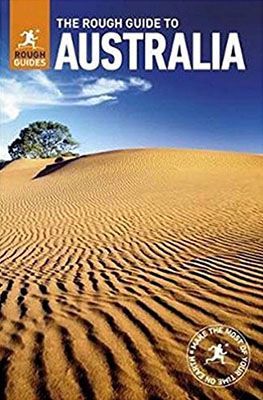In the area of the Blue Mountains there are three national parks, namely the Blue Mountains, the Kanangra and the Wollemi National Park.
Blue Mountains National Park
This national park covers most of the Blue Mountains region. It is home to kangaroos, many species of birds and other wildlife, including snakes, especially in summer.
Katoomba is the capital not only of the park but also of the entire region, situated at an altitude of over 1000 metres. From this cosy, touristic town you can do various walks or just enjoy the great views. The Three Sisters, the rock formation that can be seen from the Echo Point viewpoint, is the most popular attraction. The three rocks are so called because according to the Aborigines, three sisters were petrified there long ago. You can also see Mount Solitary and the ‘Ruined Castle’.
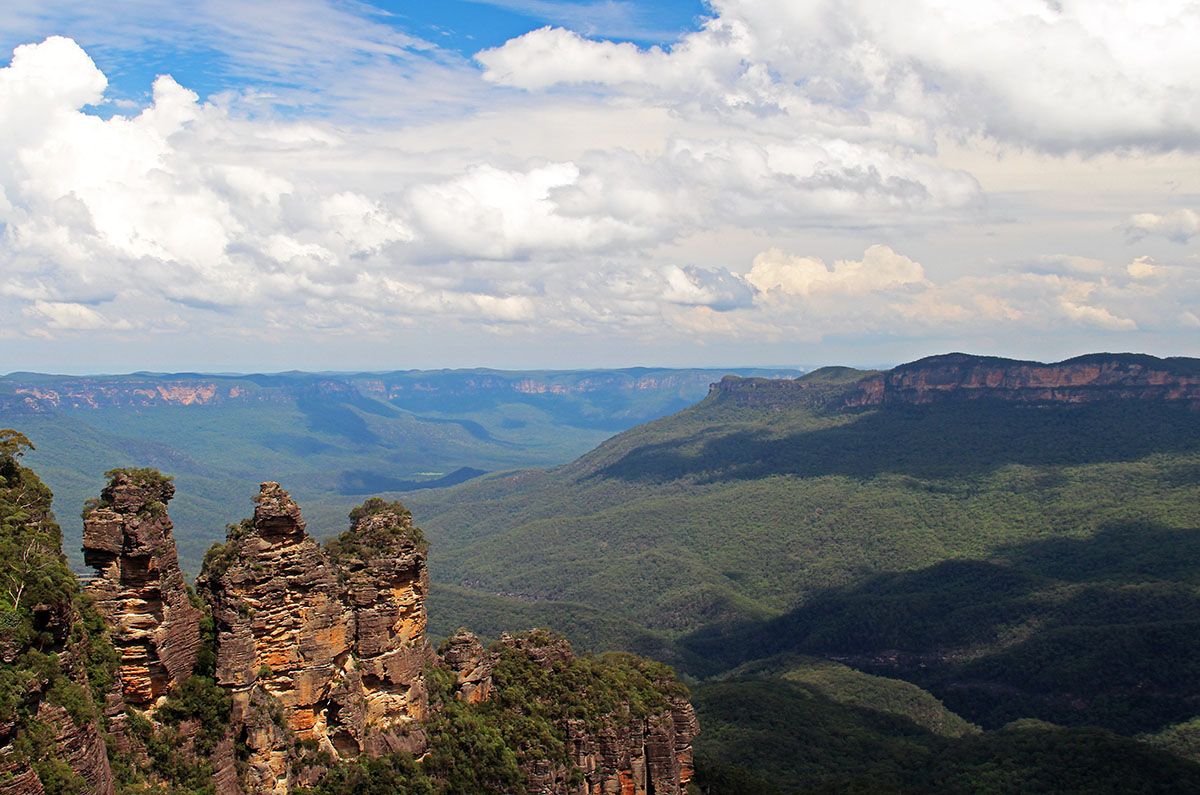
One of the walks you can go on is a short walk from Echo Point to the ‘Giant Stairway’, a well-constructed path or steps that lead to a number of viewpoints. From there, there are many other walks that experienced hikers can take to the valley with a subtropical rainforest and some beautiful waterfalls.
Another tourist attraction in Katoomba is Scenic World, where you have the steepest railway line that has ever been built in the world to transport coal and oil from the mines in Jamison Valley. There is also an air bridge with a transparent floor, a cable car and a neat plank path.
Kanangra Boyd National Park
This park, located southwest of the Blue Mountains National Park, is known for its vast gorges, beautiful views, rich fauna, steep chasms and waterfalls, pointed rocks, many wild rivers and caves at Jenolan.
You can’t get there by public transport, although you can possibly cycle from Oberon to the park. A better option is to go with your rental car. There is only one (unpaved!) road through the park but can be done with a regular rental car. The entrance to the park costs 7 Australian dollars per day per vehicle.
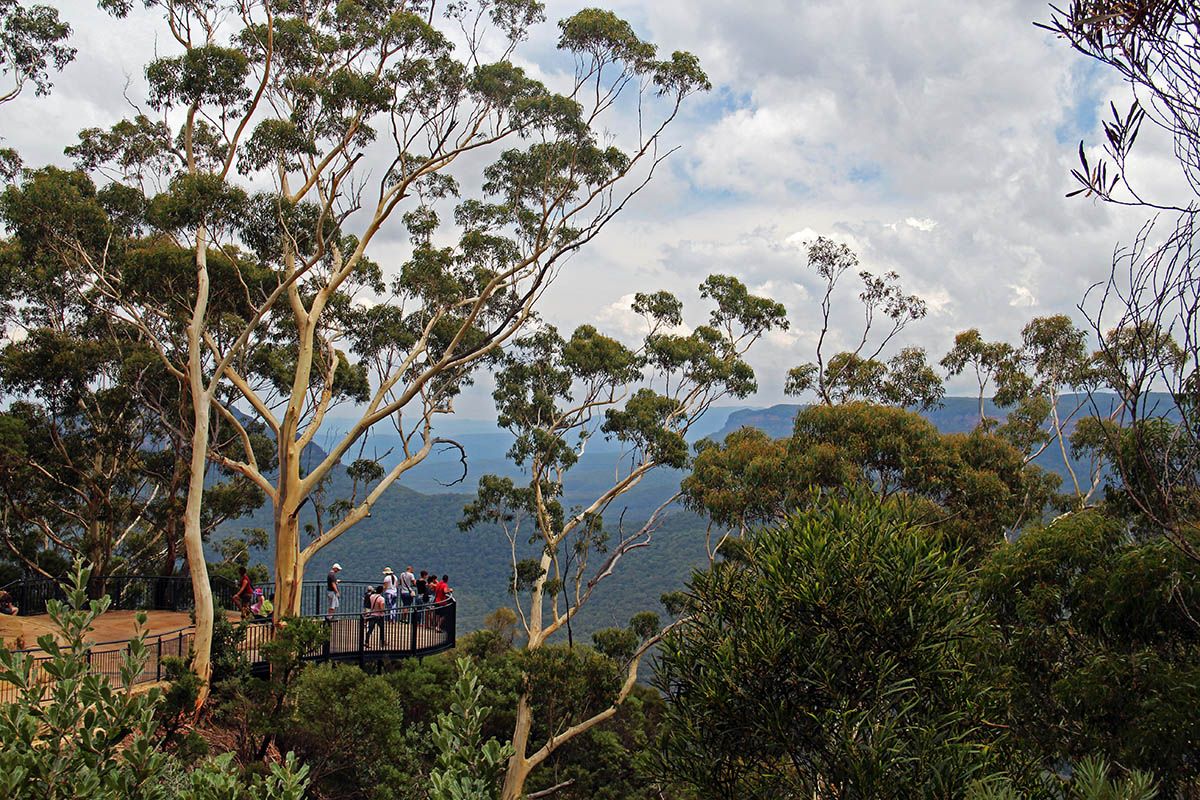
Wollemi National Park
North of Blue Mountains National Park lies Wollemi National Park, the largest wilderness area in the state of New South Wales. The rugged and less accessible park happens to be the place where the ‘Wollemia nobilis’, the dinosaur of the plant world, was discovered in 1994. It is an evergreen, monoecious tree, which can grow up to 40 m tall. However, “unfortunately”, to protect the plant species from extinction, the location is kept secret.
In Newnes, in the south-western part of the park, there is a museum and ruins of the mines where oil shales used to be mined. From here there is also a path to the Glow-worm tunnel, an old railway tunnel that is no longer in use. Further north you have ‘Dunns Swamp’, a beautiful area where you can camp. There are many easy walks here and you can go canoeing.
Just like the Kanangra Boyd National Park, there is hardly any public transport to the park. Your best option is by car but keep in mind that most (unpaved) roads are difficult to reach with a normal rental car. A 4×4 is a better idea.
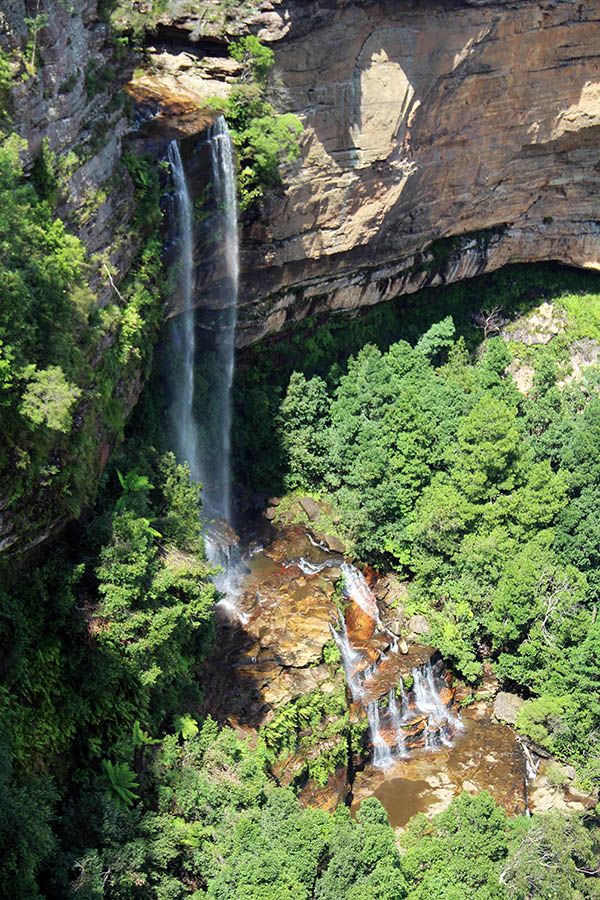
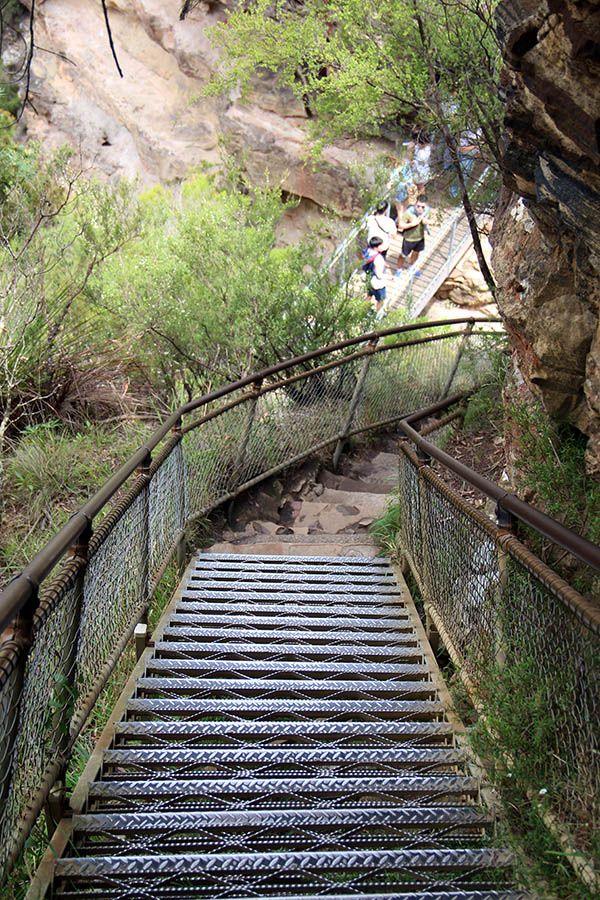
Practical matters
Best travel time for the Blue Mountains
Due to the altitude, it can be up to 10 degrees colder in the Blue Mountains than on the coast. In the winter there is sometimes even snow. The warmest months are December to February, but you have the best hiking weather from mid-February to May.
Transport
The Blue Mountains are easily accessible by public transport (both bus and train). A better option, however, is to book a tour from Sydney or – even better – to go there with your rental car or motorhome. Keep in mind that most roads in the parks are unpaved and that for some roads (also to get to certain campsites) you actually need a 4×4. Please read the instructions of your motorhome or car rental company carefully.
If you’re not such a walker then a day trip from Sydney is great. If not, it would be a good idea to arrange at least one night’s stay so you can enjoy the many amazingly beautiful hikes. A private car or motorhome is then almost necessary.
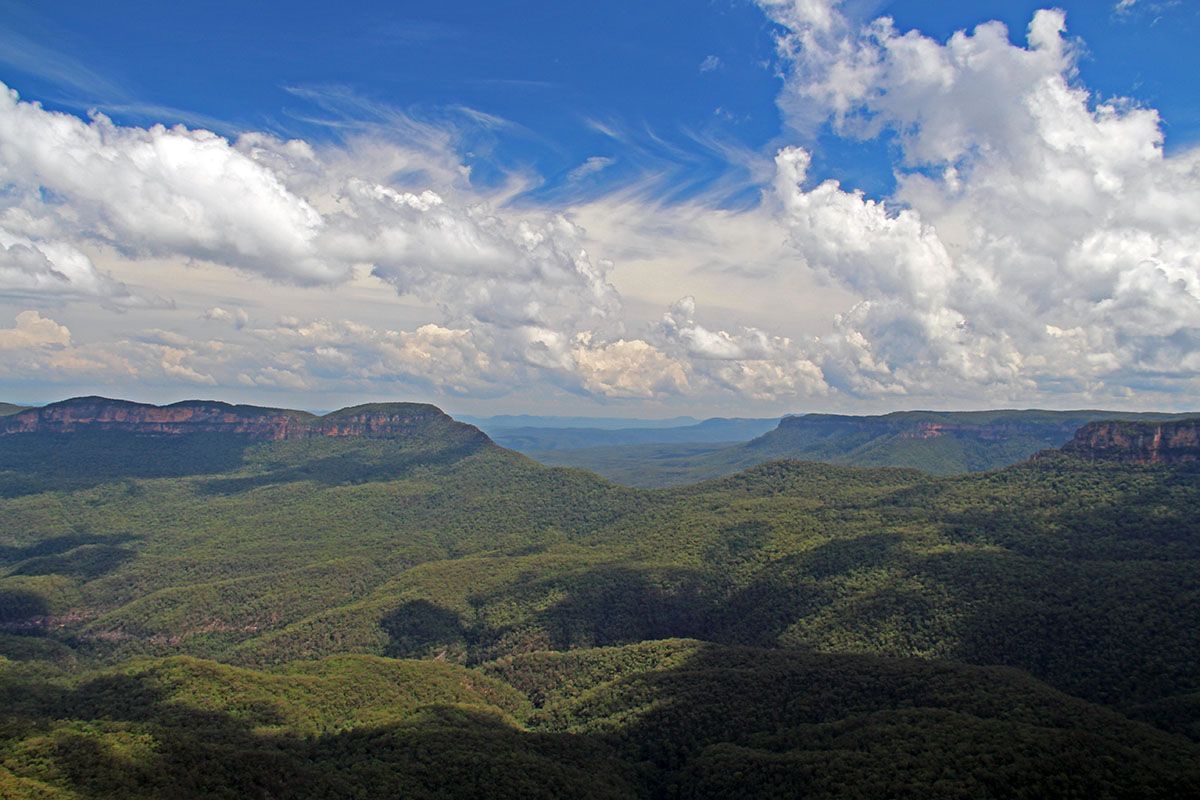
Accommodation in the Blue Mountains
The avid camper is in heaven in the Blue Mountains. The parks offer many campsites and they are usually cheap:
- Blue Mountains National Park: e.g. Murphys Glen, Dunphys, Burralow Creek, Euroka and Mount Werong
- Kanangra Boyd National Park: Boyd River
- Wollemi National Park: e.g. Dunns Swamp, Newnes and Coorongooba
Besides campsites you have a wide choice of accommodation in the Blue Mountains. Most hotels (and spas) can be found in Katoomba and nearby Leura. Instead of the parks, you can spend the night in the various cities along the Great Western Highway.
Other topics you may be interested in
- Relaxing in the cosmopolitan city of Melbourne
- Exploring Sydney
- Great Ocean Road and the Twelve Apostles


